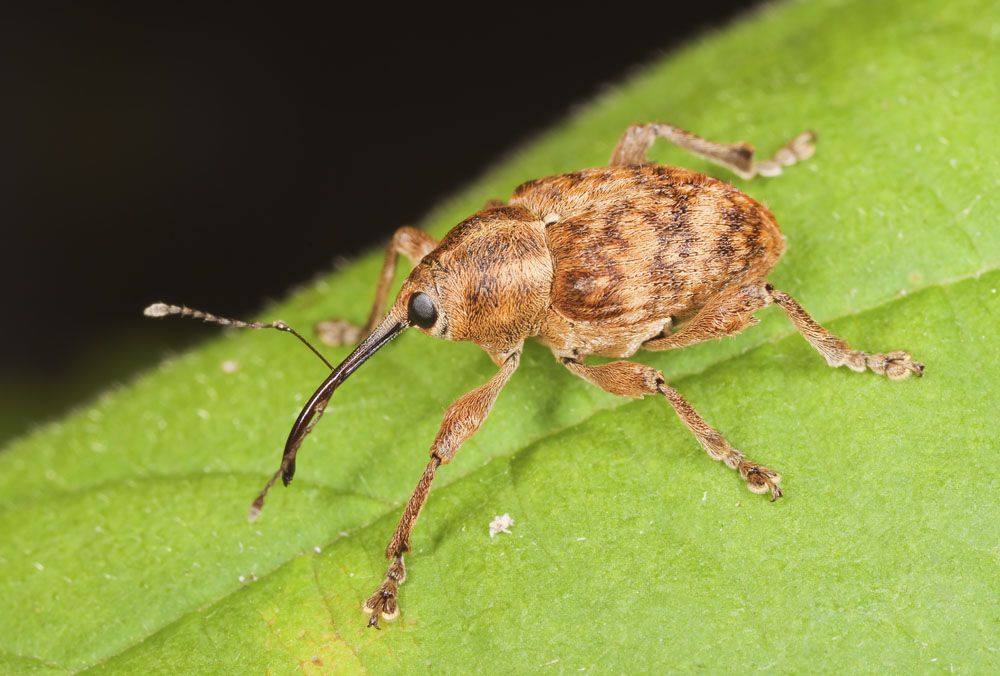
Hazelnut Weevil – Curculio obtusus
Hazelnut Weevil: Appearance, Territory, Damage and Life Cycle
Latin Name: Curculio Obtusus
Appearance: Curculio Obtusus, sometimes known as the hazelnut weevil, is a true weevil in the beetle family Curculionidae. It is native to North America.
Hosts Plants: Hazelnut Trees
Territory: Canada and United States
Damage Insect Cause: While feeding inside their host nuts, the vermiform Curculio grubs are reported to go through four instars, causing the nut kernel to be damaged. When they reach adulthood in the fall, they gnaw on the nutshell’s escape hole and fall to the ground, where they burrow almost straight down from 9 to 28 centimeters amid pecan weevil.
Life History and Habits: The biology of the hazelnut weevil Curculio Obtusus is little understood, despite the fact that closely related species are widely distributed and extensively investigated. There are 27 species of nut and acorn infesting weevils in North America. In the eastern portion of the United States, only the hazelnut weevil is known to specialize in hazelnut. At all stages of its life, this weevil feeds on wild and beaked hazelnuts and uses them as oviposition sites.
Adult Curculio species emerge from the soil in early summer and fly to nearby host trees or bushes to feed on young nuts or acorns and mate. The species are dimorphic; females’ rostra are slightly to significantly longer than males’, depending on species, and are used to excavate egg chambers in the nuts as well as to eat.
